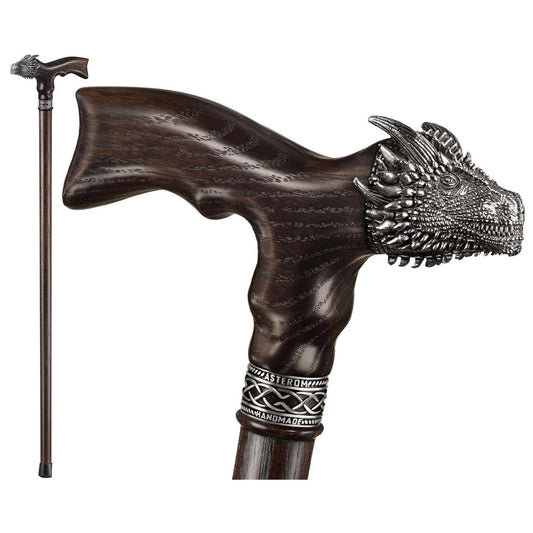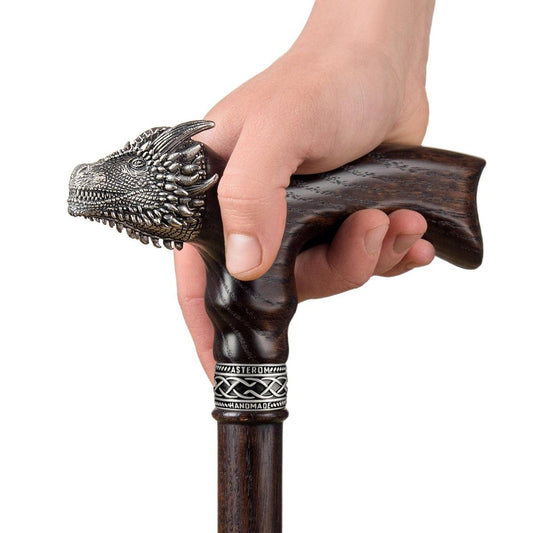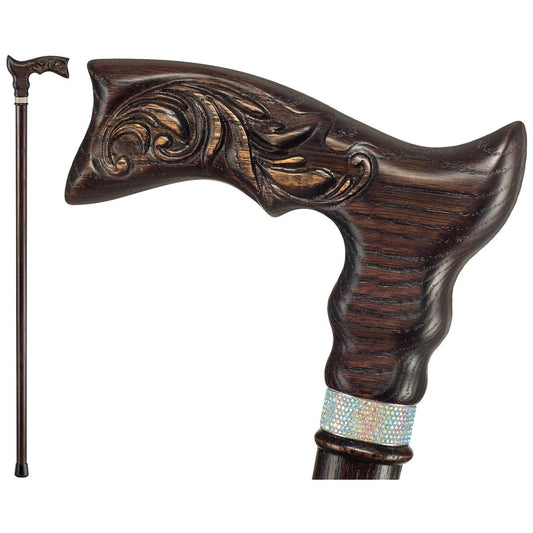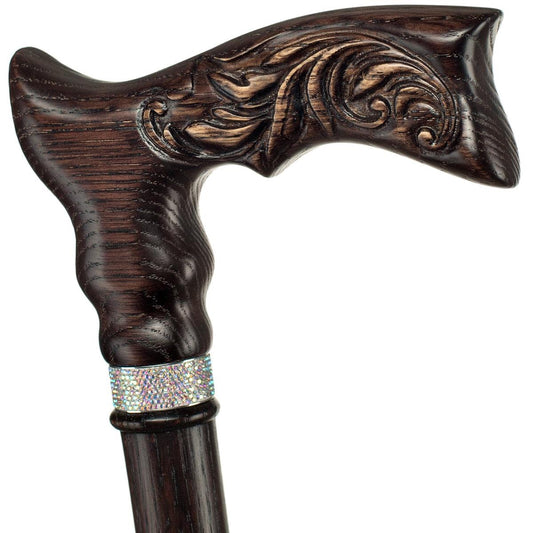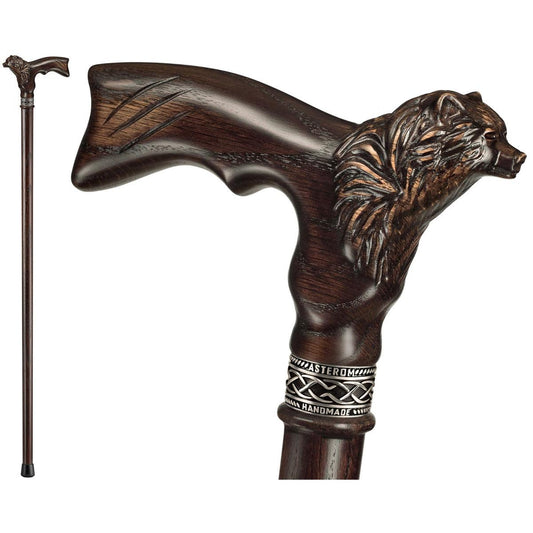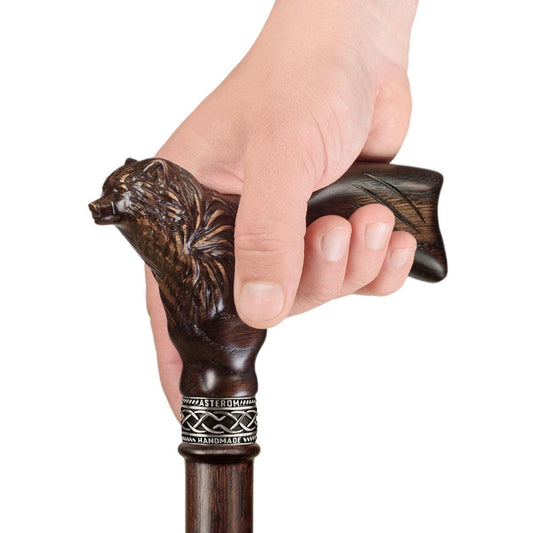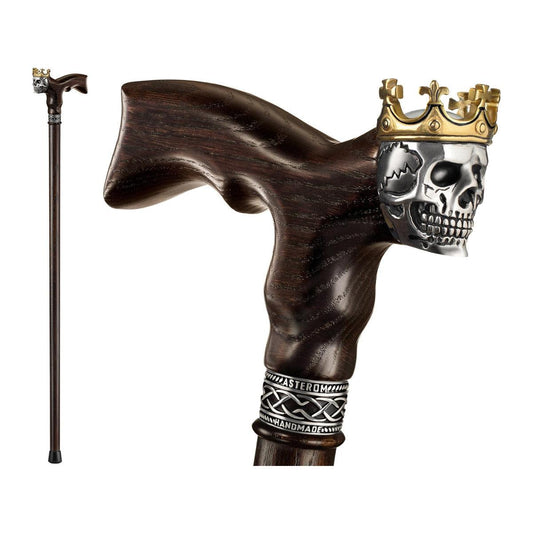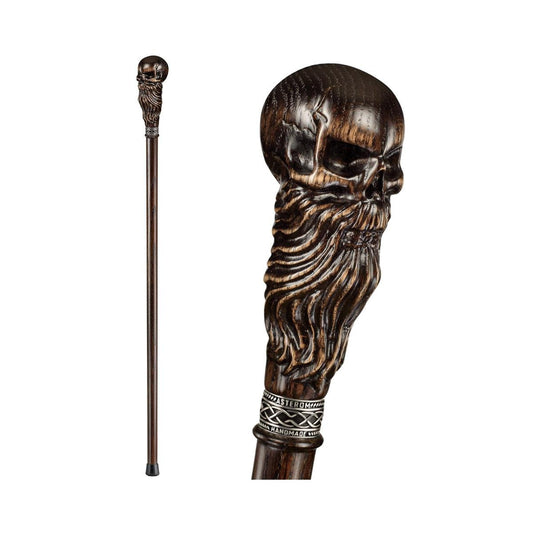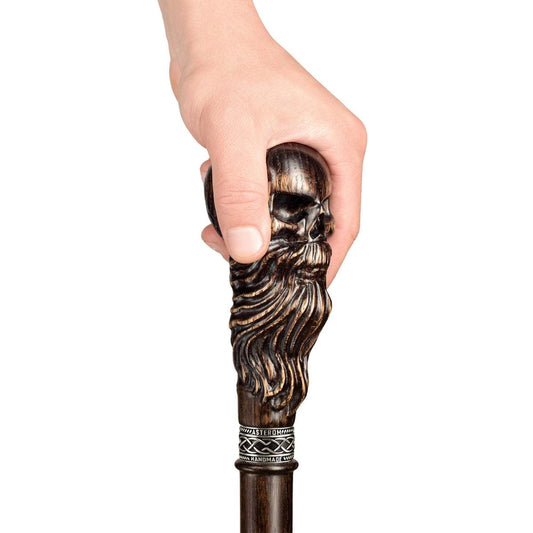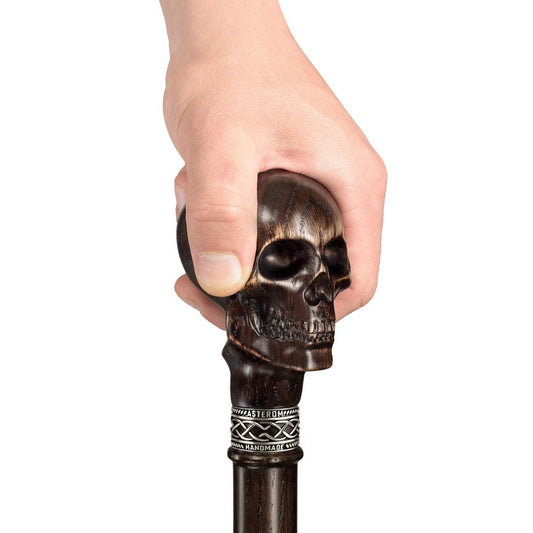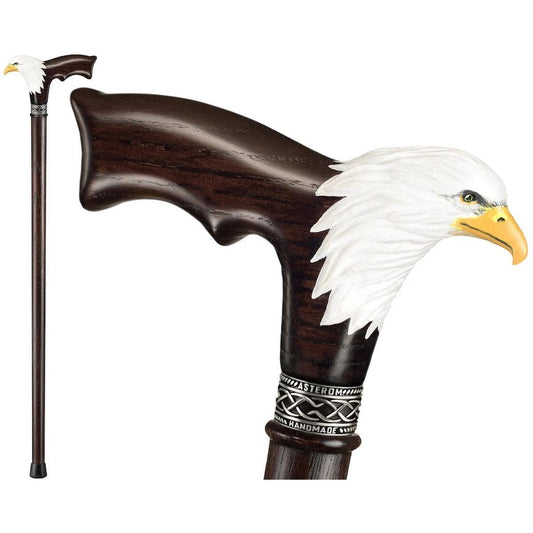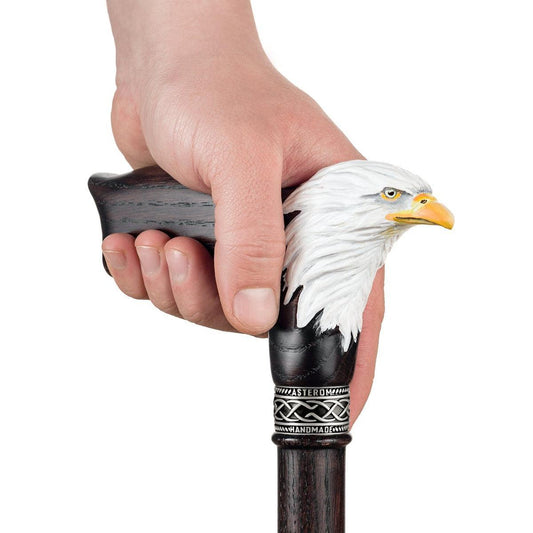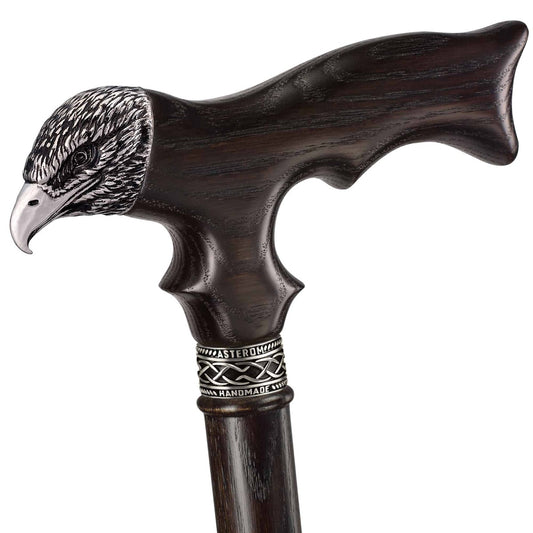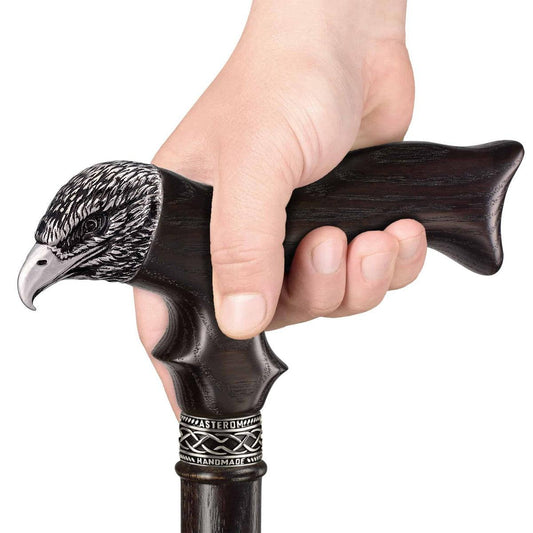Hip surgery, also known as hip replacement surgery, is a procedure that involves replacing a damaged or diseased hip joint with an artificial one. This surgery is typically recommended for individuals with severe hip pain, stiffness, or reduced mobility due to conditions such as arthritis or injury.
After hip surgery, it is common to experience instability and weakness in the affected leg, making it necessary to use a cane for support and balance. A cane is a simple yet effective tool that can aid in your recovery and make daily tasks easier. Here are some tips for using a cane after hip surgery.
First, it is essential to choose the right cane for your needs. Consider the following factors when choosing a cane:
- Consider the Height of the Cane: The cane should be adjusted to the height of your wrist and should allow your elbow to bend slightly when holding it.
- Check the Weight Capacity: Make sure the cane can support your weight.
- Look for a Comfortable Grip: A cushioned or contoured grip can help reduce strain on your hand.
- Consider the Type of Cane: Single-tip canes and quad canes are the most common types used after hip surgery. Choose the one that feels most comfortable and provides the necessary support.
Once you have chosen the right cane, here's how to use it correctly:
- Stand Up Straight: Stand with your feet shoulder-width apart and your cane on the opposite side of the injured hip.
- Hold the Cane on the Opposite Side of the Injured Hip: Place your hand on the handle and keep your elbow slightly bent.
- Take Small Steps: Take small, controlled steps, keeping your weight on your unaffected leg.
- Use the Cane for Support, Not for Weight-Bearing: The cane should only aid in balance and should not bear your full weight.
It is essential to take precautions while using a cane to avoid falls and further injury. Some precautions to consider include:
- Avoid Uneven Surfaces: Stick to smooth, even surfaces to prevent tripping.
- Be Careful on Stairs: Use the handrail and take one step at a time when going up or down stairs.
- Use Handrails for Support: When walking on stairs or uneven surfaces, use one hand on the handrail and the other on the cane for added support.
The duration of using a cane after hip surgery varies from person to person and depends on individual recovery. It is best to consult with your doctor for a specific timeline. Additionally, your doctor may recommend exercises to help with recovery, such as hip flexor stretches, glute bridges, and leg lifts.
With the proper use of a cane and following your doctor's guidelines, you can successfully aid in your recovery and regain your mobility after hip surgery.
Key Takeaways:
What Is Hip Surgery?
Hip surgery is a medical procedure that is performed to address various issues affecting the hip joint. This type of surgery is often recommended for conditions such as hip fractures, arthritis, and hip impingement. The main goal of hip surgery is to reduce pain, improve mobility, and enhance the overall function of the hip joint. The specific type of surgery may vary depending on the underlying condition, and can range from hip replacement to hip resurfacing or hip arthroscopy. It is important for patients to understand the nature of hip surgery, as well as its potential benefits and risks, and to seek personalized advice and guidance from a healthcare professional before making a decision.
Why Is a Cane Needed After Hip Surgery?
Following hip surgery, a cane is typically required to aid in mobility and balance. There are multiple reasons for the necessity of a cane during the recovery period. Firstly, it assists in reducing weight-bearing on the affected hip, facilitating proper healing. Secondly, it provides stability and support, minimizing the chances of falls. Lastly, a cane helps to alleviate pain and discomfort by shifting weight to the upper body.
In summary, the use of a cane after hip surgery promotes a safer and more comfortable recovery process.

How to Choose the Right Cane?
After undergoing hip surgery, many individuals may require the use of a cane to aid in their mobility. However, not all canes are created equal and it is important to choose the right one for your specific needs. In this section, we will discuss the key factors to consider when selecting a cane, including its height, weight capacity, grip, and type. By the end, you will have a better understanding of how to choose the right cane to support your recovery and daily activities.1. Consider the Height of the Cane
When selecting a cane after undergoing hip surgery, it is crucial to take into account the height of the cane for optimal support and stability.
- Measure: Stand up straight and let your arms hang naturally at your sides. The top of the cane should align with the crease of your wrist. See our article on measuring the perfect cane height for you.
- Adjustability: Look for a cane with adjustable height settings to cater to your specific needs.
- Trial and error: Experiment with different canes to determine the ideal height that allows for a natural walking posture and prevents leaning or stooping.
- Consultation: If you are unsure, seek guidance from your healthcare provider or physical therapist to help you choose the appropriate cane height.
2. Check the Weight Capacity
When selecting a cane after undergoing hip surgery, it is crucial to take into account the weight capacity of the cane. Here are some steps to assist you in checking the weight capacity:
- Look for the weight capacity label on the cane. This information is typically displayed on the cane or in the product description.
- Ensure that the weight capacity is appropriate for your body weight. It is essential to choose a cane that can adequately support your weight while also maintaining stability and ensuring safety.
- If you are uncertain about the weight capacity or have specific concerns, it is advisable to consult with a healthcare professional for expert guidance on selecting the most suitable cane for your individual needs.
3. Look for a Comfortable Grip
When selecting a cane with a comfortable grip after hip surgery, follow these steps:
- Choose a cane with a cushioned handle to alleviate pressure on your hand.
- Ensure that the grip is ergonomically designed to fit comfortably in your hand.
- Experiment with different materials, such as foam or gel grips, to find the one that provides the best comfort for you.
- Consider the size of the grip, ensuring it is not too small or too large for your hand.
True story: As someone who has undergone hip surgery, I opted for a cane with a comfortable grip. The cushioned handle greatly improved my overall comfort and stability. It allowed me to navigate with ease and reduced strain on my hand during the recovery process.
4. Consider the Type of Cane
When selecting a cane after hip surgery, it is crucial to take into account the type of cane that will best meet your needs. Here are some factors to keep in mind:
- Single-point cane: Provides stability and support for individuals with mild balance issues.
- Quad cane: Offers increased stability with its four feet, making it suitable for those with more significant balance problems.
- Folding cane: Convenient for travel and easy storage.
- Adjustable cane: Allows for personalized height adjustments to ensure optimal comfort and support.
It is highly recommended to consult with your healthcare provider or physical therapist to determine the most suitable type of cane for your specific situation.
How to Use a Cane After Hip Surgery?
After undergoing hip surgery, using a cane can greatly aid in your recovery and help you regain your mobility. However, it is important to use the cane correctly to avoid further injury. In this section, we will discuss the proper techniques for using a cane after hip surgery. From standing up straight to distributing weight properly, we'll cover everything you need to know to use a cane effectively during your recovery.1. Stand Up Straight
To properly stand up straight after undergoing hip surgery, follow these steps:
- Ensure that your body is properly aligned.
- Position your feet shoulder-width apart.
- Engage your core muscles to provide support for your spine.
- Keep your shoulders relaxed and pulled back.
- Avoid any leaning forward or backward.
- Utilize your hip muscles to assist in lifting your body upright.
- Take your time and avoid any sudden movements.
- If necessary, use a cane or other assistive device for added support.
- Make a conscious effort to maintain good posture throughout the day.
2. Hold the Cane on the Opposite Side of the Injured Hip
When using a cane after hip surgery, it is important to hold the cane on the side opposite of the injured hip. This will provide balance and support while walking. To correctly hold the cane after hip surgery, follow these steps:
- Stand up straight with good posture.
- Hold the cane in the hand on the opposite side of the injured hip.
- Place your weight on the unaffected leg while using the cane for support.
- Take small steps, moving the cane forward with each step.
By following these steps, you can ensure proper use of the cane and facilitate a safe recovery after hip surgery.
3. Take Small Steps
When using a cane after hip surgery, it is crucial to take small steps to ensure stability and prevent further injury. Here are some steps to consider:
- Stand up straight to maintain proper posture.
- Hold the cane on the opposite side of the injured hip for balance and support.
- Take small, gradual steps to maintain control and prevent strain on the hip.
- Remember to use the cane for support and not for bearing weight.
By following these guidelines and taking small steps, you can gradually regain mobility and promote a successful recovery after hip surgery.
4. Use the Cane for Support, Not for Weight-Bearing
After undergoing hip surgery, it is crucial to use a cane for support rather than relying on it as a weight-bearing tool. This will ensure proper healing and prevent any strain on the injured area. Follow these steps to use a cane correctly:
- Stand up straight and maintain good posture.
- Hold the cane on the opposite side of the injured hip.
- Take small steps and focus on maintaining stability.
- Use the cane for support and balance, but do not put your full weight on it.
Remember, a cane should only be used for support and not for bearing weight.

What Are the Precautions to Take While Using a Cane After Hip Surgery?
After undergoing hip surgery, using a cane can be a helpful aid in regaining mobility and independence. However, it is important to take necessary precautions to ensure a safe and successful recovery. In this section, we will discuss the precautions to keep in mind while using a cane after hip surgery. From avoiding uneven surfaces to being cautious on stairs and utilizing handrails for support, we will cover key tips to help you navigate your daily activities with ease and confidence.1. Avoid Uneven Surfaces
After undergoing hip surgery, it is crucial to steer clear of uneven surfaces in order to prevent falls and any potential further injury. Here are some steps to follow:
- Be mindful of the ground and scan for any bumps, cracks, or holes.
- Whenever possible, opt for a smooth and even path.
- Avoid walking on surfaces that are uneven, such as gravel, cobblestones, or any other irregular surfaces.
- If you come across an uneven surface, take small and cautious steps to maintain your balance.
- For additional support, use handrails or hold onto a stable surface.
By following these steps, you can minimize the risk of tripping or stumbling and promote a safe and successful recovery after hip surgery.
2. Be Careful on Stairs
When using a cane on stairs after hip surgery, it is crucial to exercise caution in order to prevent accidents and further injury. Here are important steps to follow:
- Hold the handrail with one hand for stability.
- Step up or down with the unaffected leg first, putting weight on the cane.
- Only place the injured leg on the step once you feel stable.
- Take small, controlled steps.
- Ensure the cane remains on the step below or above for continuous support.
3. Use Handrails for Support
Using handrails for support is essential during the recovery period after hip surgery. Here are the steps to effectively utilize handrails for support:
- Identify stable handrails: Make sure that the handrails are securely attached to the wall and can withstand your weight.
- Approach the handrail: Stand close to the handrail, facing it directly.
- Grip the handrail: Firmly hold onto the handrail with both hands, placing them at a comfortable height.
- Distribute weight evenly: As you walk, evenly distribute your weight between the handrail and your unaffected leg.
- Take small and steady steps: Move slowly while holding onto the handrail, allowing for stability and balance.
Handrails have been used for support and safety for centuries. In ancient Rome, handrails were commonly found in public buildings and were typically made of marble or stone. They served as a practical tool for individuals to maintain their balance while ascending or descending stairs or traversing inclines. Today, handrails continue to play a vital role in providing support and stability, especially for those recovering from hip surgery.
How Long Will a Cane Be Needed After Hip Surgery?
The duration for which a cane will be needed after hip surgery varies depending on individuals and their healing progress. Here are some factors that can influence the duration:
- In general, a cane is typically used for about 4-6 weeks after hip surgery to aid in balance and stability.
- The surgeon's recommendation and assessment play a significant role in determining the duration.
- The patient's strength, mobility, and pain levels are essential factors to consider.
- Physical therapy sessions can help gradually reduce the need for a cane.
- Ultimately, it is crucial to follow the guidance of healthcare professionals to ensure a safe and successful recovery.

What Exercises Can Help with Recovery After Hip Surgery?
As you recover from hip surgery, it is important to incorporate exercises into your routine that will aid in your rehabilitation process. In this section, we will discuss three specific exercises that can help with your recovery after hip surgery. These exercises focus on strengthening the muscles in and around the hip joint, improving flexibility and range of motion, and promoting overall healing. Let's explore the benefits and proper techniques of each exercise: hip flexor stretch, glute bridge, and leg lifts.1. Hip Flexor Stretch
A hip flexor stretch can be beneficial for recovery after hip surgery by improving flexibility and reducing tightness in the hip muscles. Follow these steps to perform the stretch:
- Begin in a kneeling position with one knee on the ground and the other foot placed in front, creating a 90-degree angle at the knee.
- Gently lean forward, maintaining a straight back, until you feel a stretch in the front of your hip.
- Hold the stretch for 20-30 seconds while taking deep breaths.
- Repeat the stretch on the opposite side, switching the position of your knees.
- Perform the stretch 2-3 times on each side, gradually increasing the duration as your flexibility improves.
2. Glute Bridge
To perform a glute bridge exercise after hip surgery, follow these steps:
- Lie on your back with your knees bent and feet flat on the floor.
- Place your arms by your sides, palms facing down.
- Engage your core muscles and squeeze your glutes.
- Press through your heels to lift your hips off the ground, keeping your back straight.
- Pause at the top, then slowly lower your hips back down.
- Repeat for the desired number of repetitions.
Historically, glute bridge exercises have been used in physical therapy to strengthen the gluteal muscles and improve hip stability. They are also beneficial for post-surgical rehabilitation, as they help restore strength and function to the hip joint.
3. Leg Lifts
Leg lifts are a beneficial exercise for recovery after hip surgery. By incorporating leg lifts into your rehabilitation routine, you can strengthen the muscles surrounding your hip joint and improve stability.
- Begin by lying flat on your back with your legs straight.
- Engage your core muscles and maintain a pressed lower back against the floor.
- Slowly lift one leg off the ground while keeping it straight.
- Hold this position for a few seconds, then lower the leg back down.
- Repeat with the other leg.
- Start with a small number of repetitions and gradually increase as your strength improves.
More information on hip stretching and exercises here.
Frequently Asked Questions
What is hip surgery and why is the use of a cane recommended during recovery?
Hip surgery is a medical procedure that aims to improve range of motion and relieve chronic pain. Recovery from hip surgery can take a long time and physical therapy is often necessary. Using a cane can provide support and balance, and reduce weight placed on the surgically repaired hip.
What should I consider when choosing a cane for use after hip surgery?
When choosing a cane, it is important to consider weight and comfort requirements, as well as proper sizing and handle style. It is also crucial to consult with a physician to determine the best assistive device for your individual needs. Canes should be matched to your body type, with larger individuals requiring sturdier canes.
What are the different types of canes available for use after hip surgery?
There are various types of canes available, including single-point, multiple-point, and hemi-walker canes. Single-point canes are the most widely used and come in different designs. Multiple-point canes, such as quad and tri-pod style, offer more stability and can stand on their own. Hemi-walker canes have a larger base and are often used by individuals transitioning from a walker to a cane.
How should I properly use a cane when walking after hip surgery?
When walking with a cane, it should be moved along with the weak side leg. The cane should be carried in the hand opposite the hip that had surgery. This is your strong side and will provide the most support and balance. It is important to also maintain a good posture and avoid hunching over the cane.
What is the recommended height for a cane for use after hip surgery?
Canes should be custom cut to reach the gap in the wrist with a slightly bent elbow. This ensures proper comfort and avoids strain. If unsure about cane length, free same-day cane sizing services are available. A guide on how to measure for a cane is also provided.
Can I use a cane for advanced activities, such as walking up and down stairs or doing household chores, after hip surgery?
Yes, canes can be used for advanced activities. However, it is important to do extensive research to find the best cane for your needs. Canes with quad base attachments or offset canes with a unique comfort grip handle may be suitable options for these activities. It is always recommended to seek professional medical care and follow any specific instructions from your healthcare provider.


